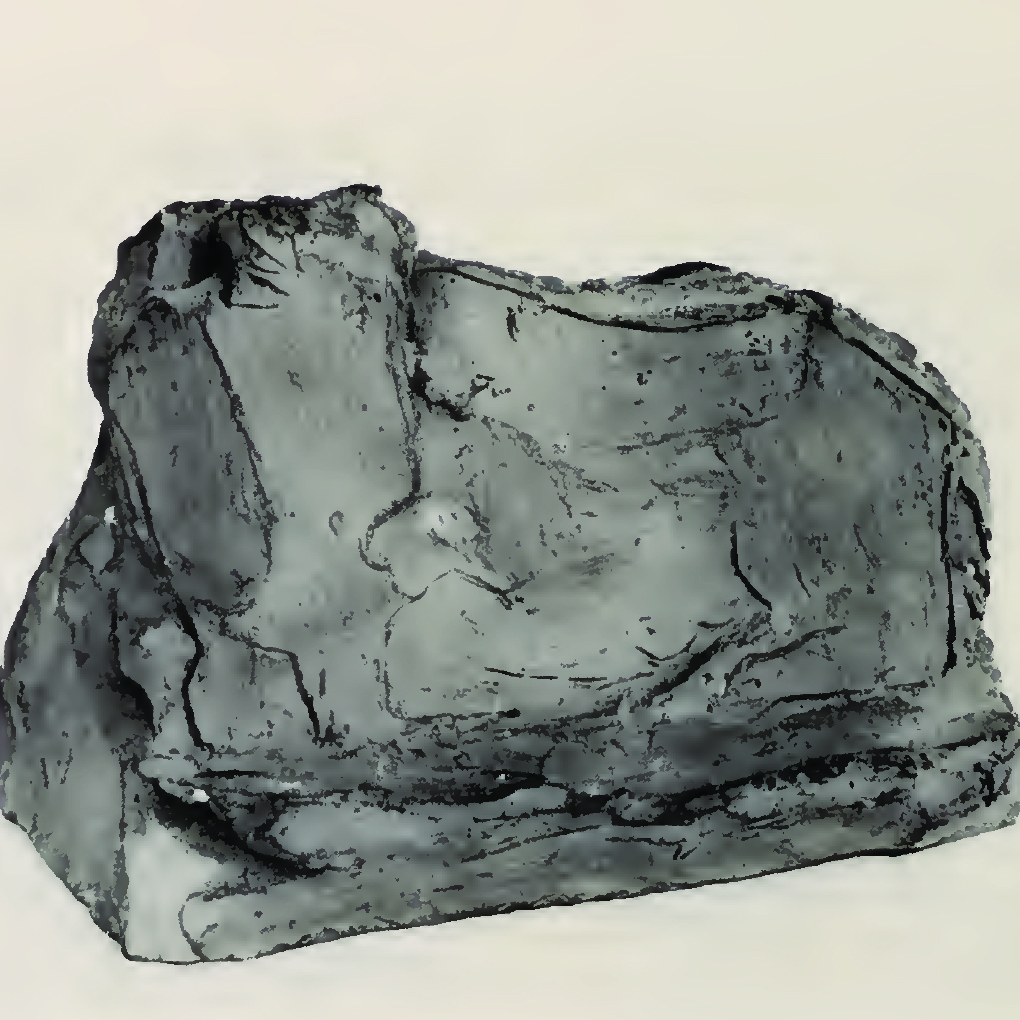This week, a special treat, a bit of a blast from the past, two historical Lucio Fontana exhibition catalogs: one from a 1977 retro at the Guggenheim and one from an exhibition held at Collezione Peggy Guggenheim, Venice and the Murray and Isabella Rayburn Foundation, New York, 1988-1989. If you are already a member of cfile.campus, view the catalogs, or begin your 30-day free trial.
Feature Image: Lucio Fontana, Bull, 1931, Terra Cotta
Lucio Fontana: 1899-1968: a retrospective
Erika Billeter
New York City: The Solomon R. Guggenheim Museum, 1977
120 Pages
In art history, we see a consistent refusal to acknowledge the enormity of Lucio Fontana’s ceramic work. Though he dedicated many years of his career to ceramics exclusively, working with clay in some capacity throughout his entire life, his oil paintings and spatial concept paintings (rips) are given fame and priority. This is, of course, because of the status of clay at the time; painting and drawing as the paragone, and clay as a mere craft for playing and modeling. In any case, this 1977 Guggenheim retrospective does include many of Fontana’s seminal, early works in terra cotta.
Homage to Lucio Fontana
Thomas Krens and Eric Licht
The Solomon R. Guggenheim Foundation, 1988-89
84 Pages
This catalog does not include many ceramic works, though it holds an enlightening essay by Fred Licht. Read some excepts below.
“Many of Fontana’s early sculptures indicate his deep commitment to exploring the dimensions of a space that is different from the space experienced by our muscular and visual reactions. Most of his Polychrome sculptures such as Black Figures are not only ingenious solutions to the century-old ‘Paragone,’ but use concrete sculptural mass and sculptural surface to create an experience of suspenseful hesitation in our perceptions. We cannot accurately calculate the distances between the forms nor can we determine the spatial relationship between us and the figures. This sense of hesitation, of bewilderment, takes us out of the comfortable certainty of physical apprehensions and projects us into the experience of a world who’s principles are new, a world in which we must orient ourselves not by the light of our own past experience, but by means of suspending all habits so that this new and different world can teach us new methods of knowledge.”—Fred Licht
“Unfortunately for the critic and even more unfortunately for the hasty and impatient public, Fontana’s art does not follow any linear development. His academic sculptures are created within the same weeks or months as his most capriciously innovative work.”—Fred Licht
If you are already a member of cfile.campus, view the catalogs, or begin your 30-day free trial.
Do you love these catalogs featuring works from the worlds of contemporary ceramic art and contemporary ceramics? Let us know in the comments.






Add your valued opinion to this post.